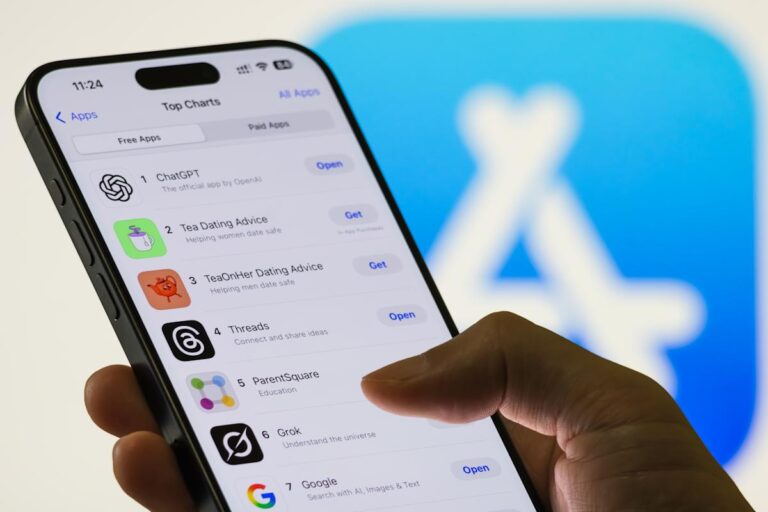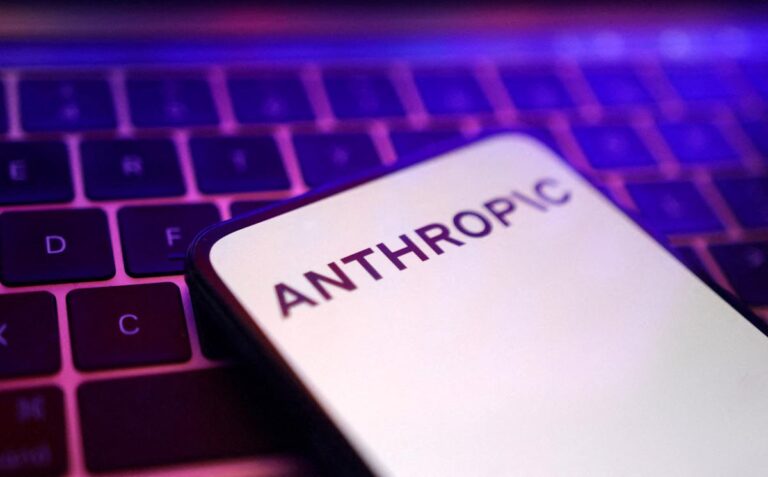When OpenAI launched GPT-5 last week, the company said the model would simplify the ChatGPT experience. OpenAI hoped GPT-5 would act as a sort of “one size fits all” AI model with a router that would automatically decide how to best answer user questions. The company said this unified approach would eliminate the need for users to navigate its model picker — a long, complicated menu of AI options that OpenAI CEO Sam Altman has publicly said he hates.
But it looks like GPT-5 is not the unified AI model OpenAI hoped it would be.
Altman said in a post on X Tuesday that the company introduced new “Auto”, “Fast”, and “Thinking” settings for GPT-5 that all ChatGPT users can select from the model picker. The Auto setting seems to work like GPT-5’s model router that OpenAI initially announced; however, the company is also giving users options to circumnavigate it, allowing them to access fast and slow responding AI models directly.
Alongside GPT-5’s new modes, Altman said that paid users can once again access several legacy AI models — including GPT-4o, GPT-4.1, and o3 — which were deprecated just last week. GPT-4o is now in the model picker by default, while other AI models can be added from ChatGPT’s settings.
“We are working on an update to GPT-5’s personality which should feel warmer than the current personality but not as annoying (to most users) as GPT-4o,” Altman wrote in the post on X. “However, one learning for us from the past few days is we really just need to get to a world with more per-user customization of model personality.”

ChatGPT’s model picker now seems to be as complicated as ever, suggesting that GPT-5’s model router has not universally satisfied users as the company hoped. The expectations for GPT-5 were sky high, with many hoping that OpenAI would push the limits of AI models like it had with the launch of GPT-4. However, GPT-5’s rollout has been rougher than expected.
The deprecation of GPT-4o and other AI models in ChatGPT sparked a backlash among users who had grown attached to the AI models’ responses and personalities in ways that OpenAI had not anticipated. In the future, Altman says the company will give users plenty of advance notice if it ever deprecates GPT-4o.
Techcrunch event
San Francisco
|
October 27-29, 2025
GPT-5’s model router also appeared to be largely broken on launch day. That caused some users to feel the AI model wasn’t as performant as previous OpenAI models, and forced Altman to address the problem in an AMA session on Reddit. However, it seems that GPT-5’s router may still not be satisfying for all users.
“We’re not always going to get everything on try #1 but I am very proud of how quickly the team can iterate,” wrote OpenAI’s VP of ChatGPT, Nick Turley, in a post on X Tuesday.
Routing prompts to the right AI model is a difficult task that requires aligning an AI model to a user’s preferences, as well as the specific question they’re asking. The router then has to make a decision on which AI model to send the prompt to in just a split second — that way, if a prompt goes to a fast responding AI model, the response can still be fast.
More broadly, some people exhibit preferences for AI models that go beyond fast or slow responses. Some users may like the verbosity of one AI model, while others might appreciate the contrarian answers of another.
Human attachment to certain AI models is a relatively new concept that isn’t well understood. For example, hundreds of people in San Francisco recently held a funeral for Anthropic’s AI model, Claude 3.5 Sonnet, when it was taken offline. In other cases, AI chatbots seem to be contributing to mentally unstable people going down psychotic rabbit holes.
It seems OpenAI has more work to do around aligning its AI models to individual user preferences.






















